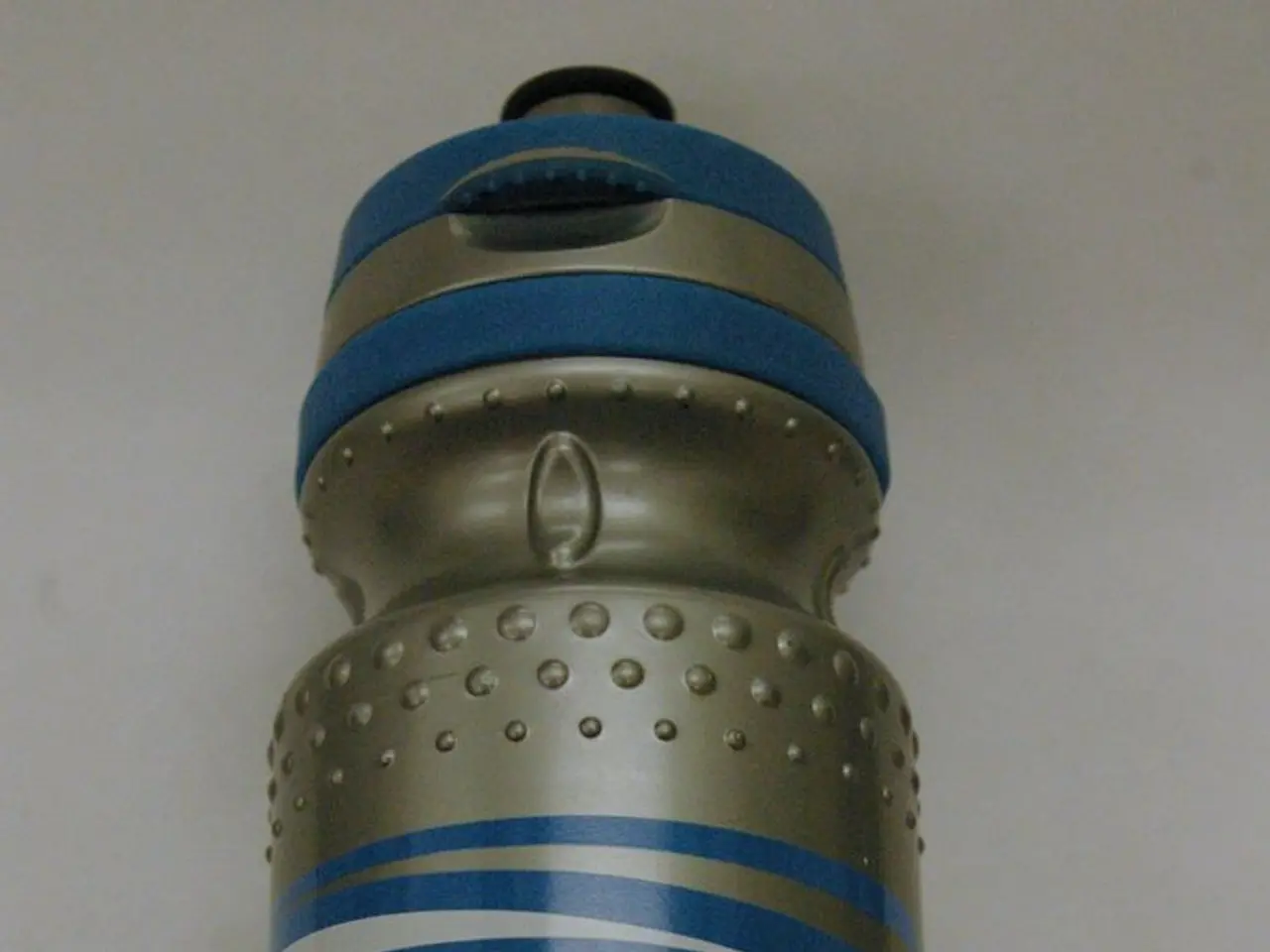FDA acknowledges innovative gene therapy GTX-102 with a groundbreaking designation
In a significant step forward for the treatment of Angelman syndrome, the U.S. Food and Drug Administration (FDA) has granted breakthrough therapy designation to GTX-102, a gene therapy developed by Ultragenyx Pharmaceutical Inc.
Angelman syndrome is a rare neurodevelopmental disorder caused by a missing or mutated maternal copy of the UBE3A gene. Individuals with the condition can experience a range of symptoms such as intellectual disabilities, motor challenges, and distinct physical characteristics.
The breakthrough therapy designation aims to accelerate the development of therapies for serious conditions that show the potential for significant improvement compared with existing treatments. The FDA's decision to grant breakthrough designation for GTX-102 was based on the clinically meaningful results demonstrated in the trial.
In a completed Phase 1/2 clinical trial (KIK-AS), GTX-102 led to developmental improvements in pediatric patients ages 4 to 17 with a complete loss of the maternal UBE3A gene. Most participants (80%) experienced clinically meaningful improvements in areas such as cognition, communication, motor function, sleep, and behavior, with some showing progress in multiple domains. No serious side effects related to the therapy were reported in the Phase 1/2 trial.
Ultragenyx is currently recruiting participants for its Phase 3 Aspire trial (NCT06617429) to further evaluate the treatment's effectiveness. The company plans to enroll approximately 120 children, ages 4 through 17, who are missing the maternal UBE3A gene.
The primary goal of the Aspire study is to assess changes in cognitive function as measured with the Bayley-4 Cognition Raw Score. Treatment in the Phase 3 Aspire study will begin with low doses administered every four weeks, followed by a gradual increase in dosage and a longer interval between injections.
In addition to assessing the treatment's impact on cognitive function, researchers in the Aspire study will also look at metrics of communication, motor function, and other behaviours, as well as any side effects.
By the second half of this year, Ultragenyx plans to launch another trial of GTX-102, called Aurora. The Aurora trial will involve participants with a greater range of ages and genetic variants of UBE3A.
The therapy consists of a short strand of genetic material injected into the spinal canal, and works by blocking a molecule involved in the genetic regulation of UBE3A, thereby reactivating the normally silent paternal gene. GTX-102 is designed to overcome the loss or mutation of the maternal gene by activating the paternal copy in neurons.
The Phase 3 Aspire study for GTX-102 is rapidly enrolling globally. For more information about the trial and how to participate, interested parties are encouraged to visit clinicaltrials.gov and search for study identifier NCT06617429.
Read also:
- Understanding Hemorrhagic Gastroenteritis: Key Facts
- Stopping Osteoporosis Treatment: Timeline Considerations
- Tobacco industry's suggested changes on a legislative modification are disregarded by health journalists
- Expanded Community Health Involvement by CK Birla Hospitals, Jaipur, Maintained Through Consistent Outreach Programs Across Rajasthan








